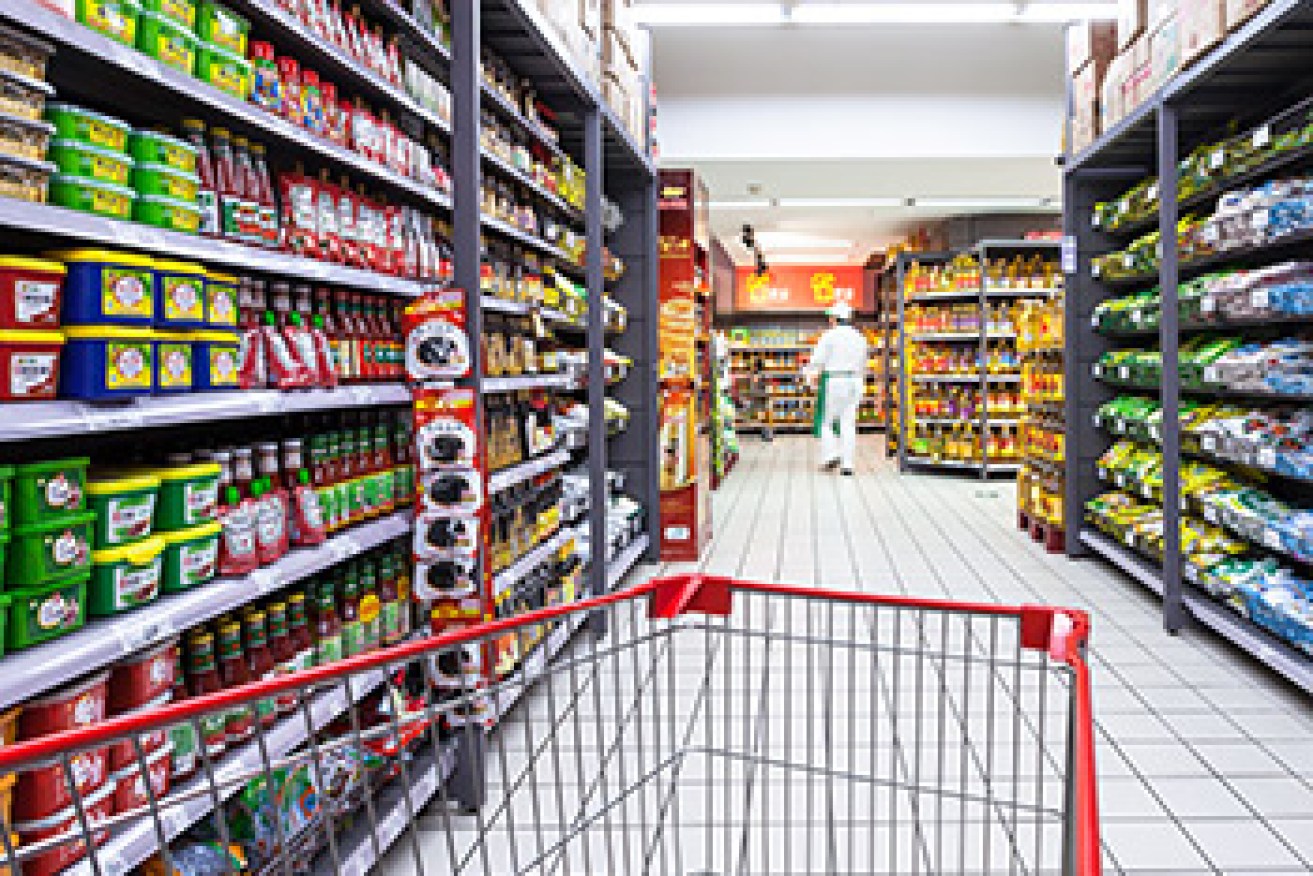The secret weapon retailers are using against you


Shutterstock
Going shopping might seem like a simple process of see product, buy product, but retailers are using a powerful tool to convince us to spend – our own brains.
A new field of research called neuromarketing is giving marketers unprecedented power to manipulate the minds of consumers and influence their shopping and buying decisions. And we are not aware of the tricks they are using to get us to open our wallets.
According to Dr David Lewis, a neuromarketing specialist, and author of the book, Brain Sell – When Science meets Shopping, consumers are subjected to a barrage of persuasive retail tactics, most of which are invisible.
“In a modern retail environment almost every move shoppers make and every buying decision they make will have been dictated, both covertly and overtly,” Dr Lewis writes. Customers were often persuaded that they were in control even when the opposite was true.
The science of shopping
Ten years ago marketers didn’t have the intimate access to shoppers’ minds now afforded by new technology, which can record brain activity, changes in heart rate, respiration, skin temperature and physical arousal.
And it’s just the tip of the iceberg according to Dr Lewis. “Every major company in the world is engaged in a race to use advances in neuroscience to develop techniques for influencing consumers,” he says.
Marketers have known for decades that people shop for pleasure, but now they have the evidence to prove it, and the brain scans that show how our cerebral pleasure centre light up when we make a purchase.
“Shopping is all about a short term adrenalin kick,” according to Andrew Hughes, a lecturer at the Australian National University’s Research School of Management.
“We buy things to try to make ourselves feel happy,” he said.

The way products are presented in store is carefully calibrated. Photo: Shutterstock
Pushing the right buttons
Armed with this knowledge marketers can exploit consumer weakness more than ever and influence purchases in more subtle and effective ways.
Already there are plenty of tricks in the retailer’s arsenal; from tweaking the lighting to get our brains geared for spending (bright lights work best for discount shopping, muted lighting for luxury items), to piping in subtle smells that get us in the mood or matching music to a specific demographic.
In one experiment cited by Dr Lewis, psychologists found they could control the time customers spent examining products and the number of items they looked at by adjusting the lighting. In general brighter lights meant more interest and higher the sales.
Music can also influence our shopping brains; another experiment showed that Baby Boomers were more likely to spend money when classic rock music was in the background, even though later two-thirds of them were unable to say what music was being played.
Smell is also a powerful brain manipulator, even when shoppers aren’t conscious of it, in a Belgian bookstore sales rose 40 per cent when researchers piped in a subtle chocolate scent not immediately detectable to customers.
In South Korea, Dunkin Donuts flooded public buses with the aroma of donuts when its radio advertisement was played, and saw sales increase by 29 per cent.
“The effect occurs…even if…shoppers remain unaware of the way in which scents are controlling their actions and emotions,” Dr Lewis said.

Supermarket layouts are designed to maximise impulse buying.
Odds stacked against consumers
Andrew Hughes says that while all these tactics are not illegal “they are certainly unfair for consumers”.
“Marketers in Australia can get away with a lot,” he said, “We need a better regulations and guidelines around this sort of marketing.”
So how can consumers resist these coercive tactics that they may not even be aware of?
“It’s important to slow down and think about what you’re buying and why,” Hughes said. “The slower you shop the more you notice things.”
He said this was particularly true for the regular grocery shop, where research has shown that $30 of every $100 shop is spent on impulse buys.
“If you could control that you would save a lot more money each year than through any store loyalty program or shopper docket scheme,” Hughes said.
Michelle Hamer is a Melbourne-based journalist and author.








